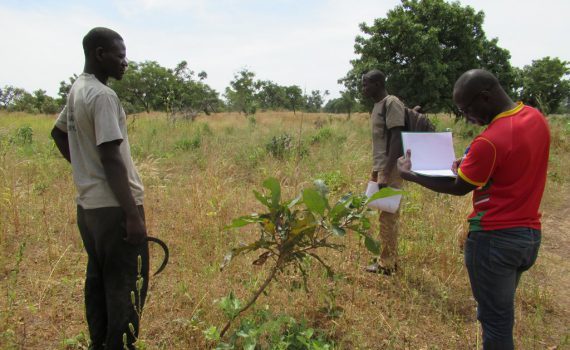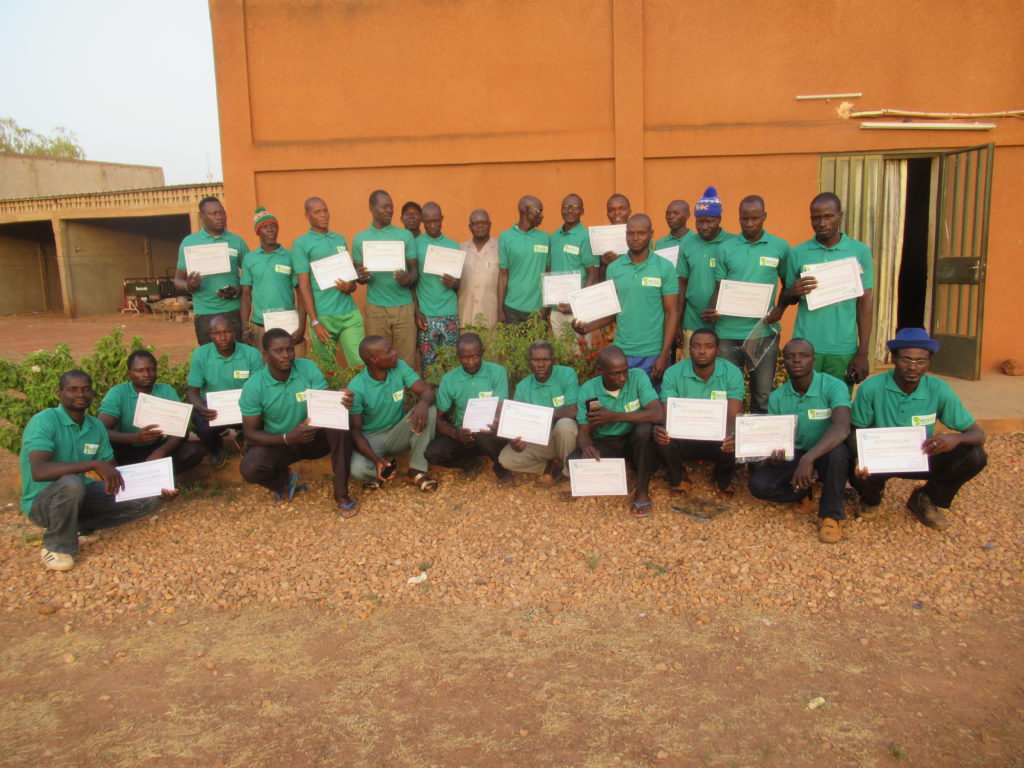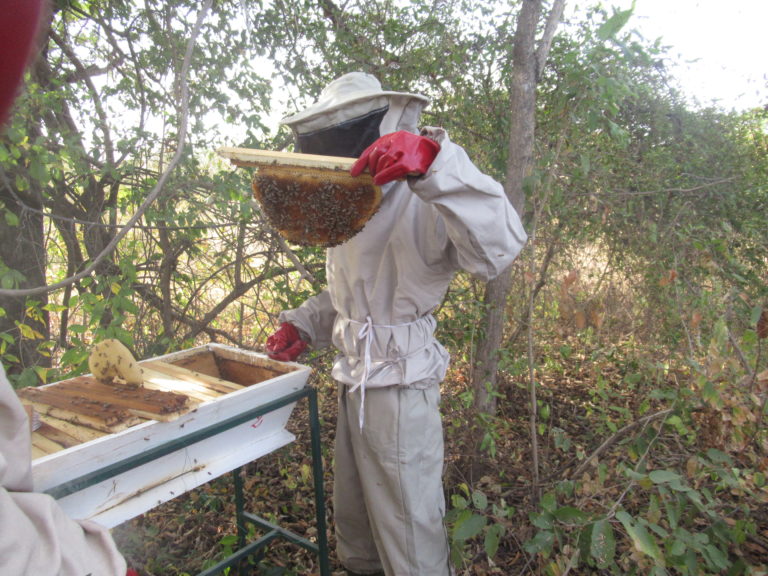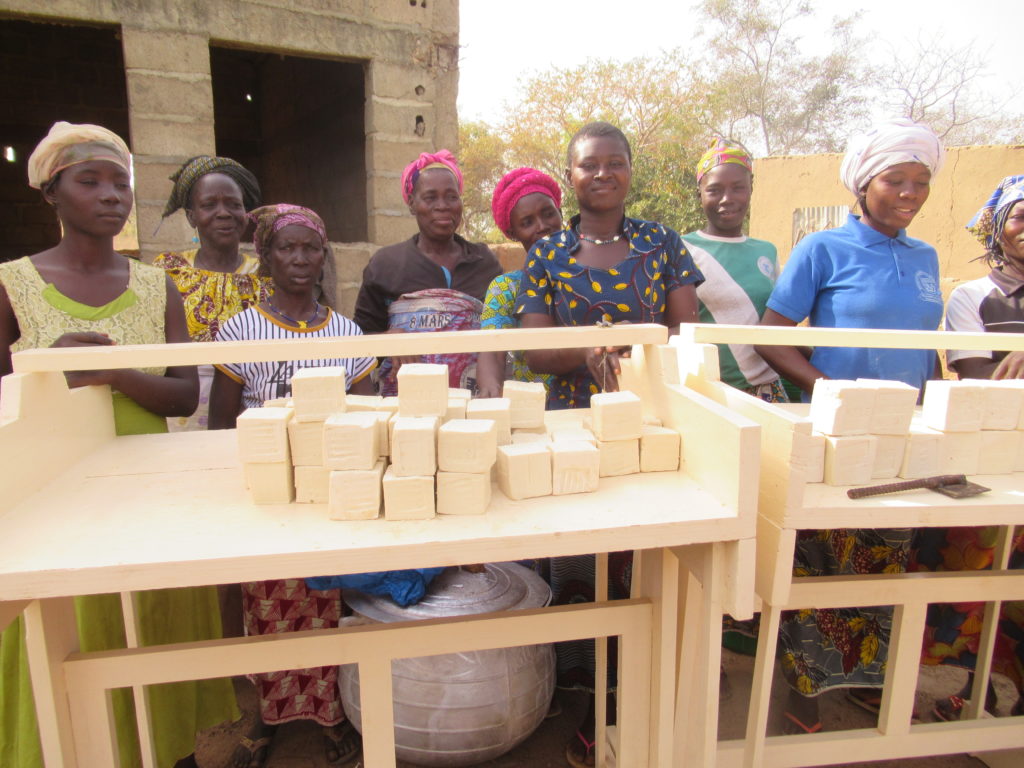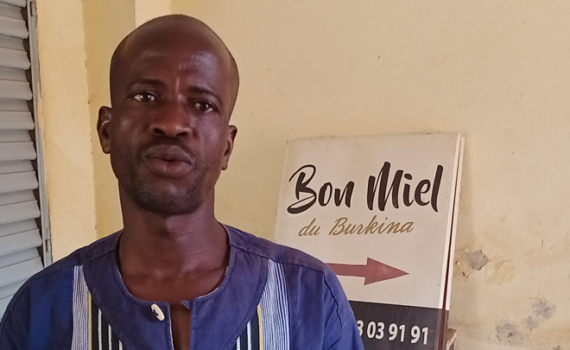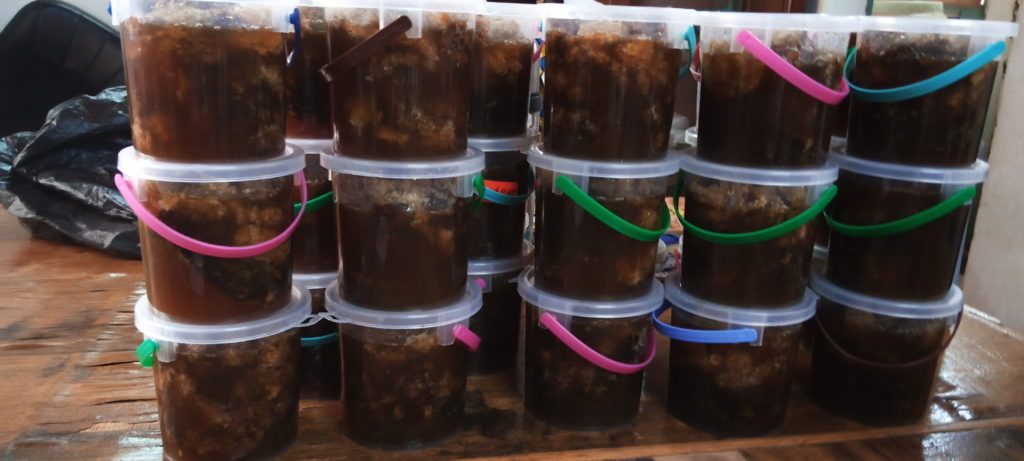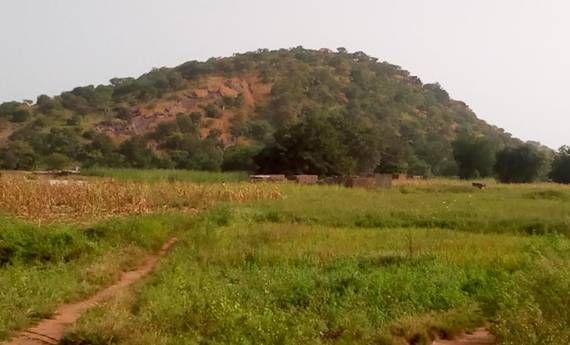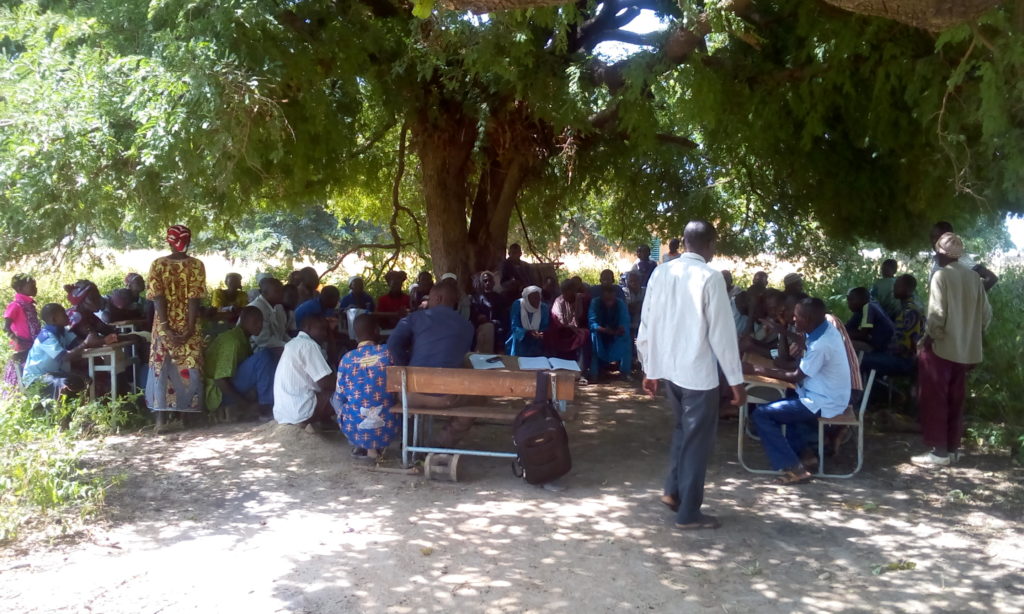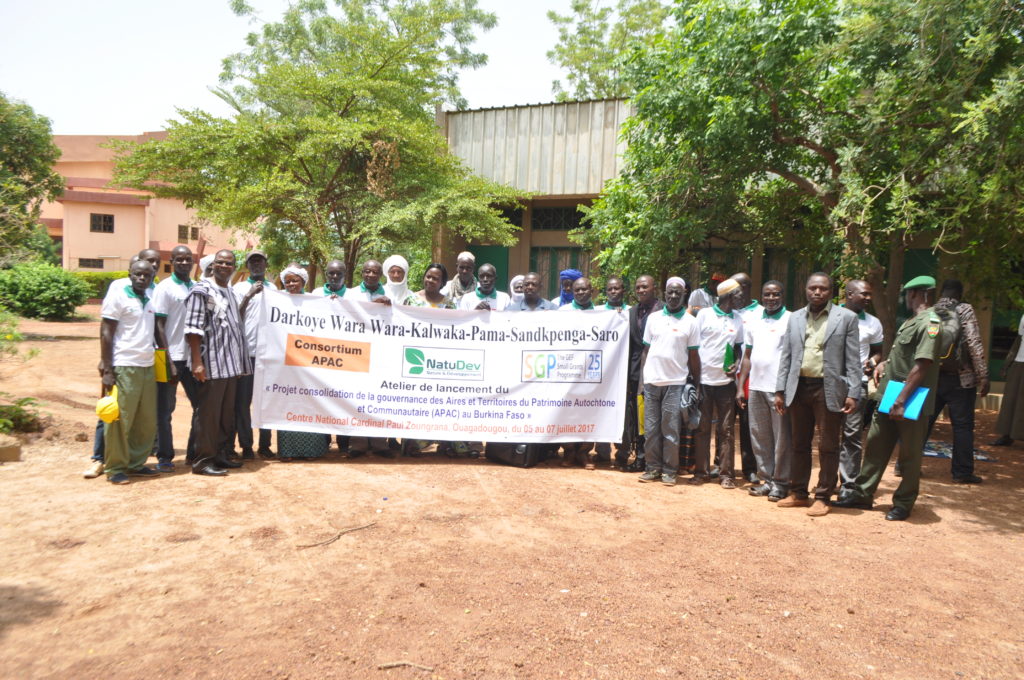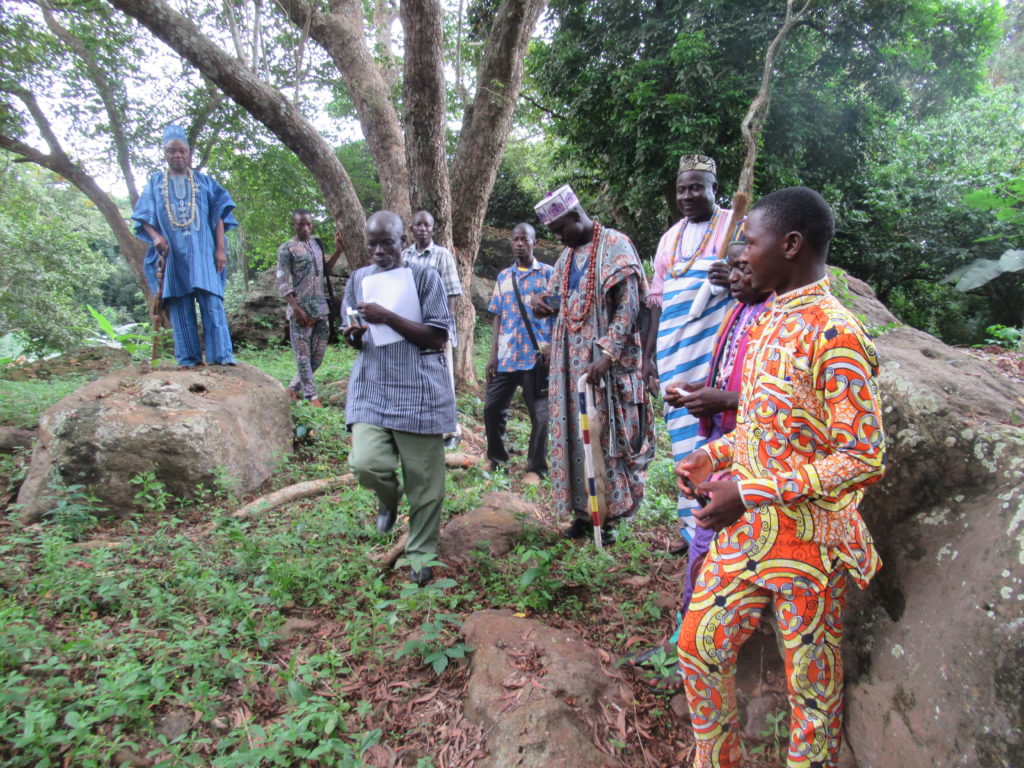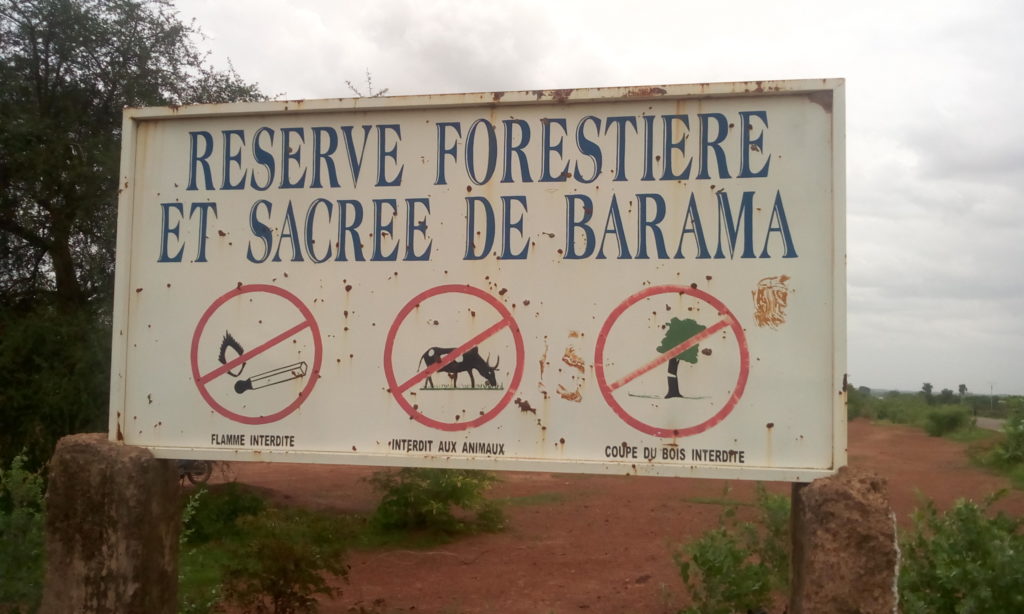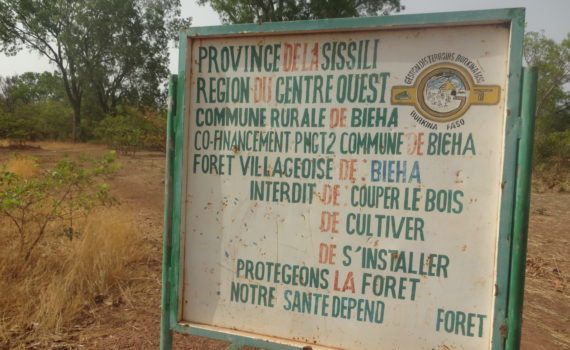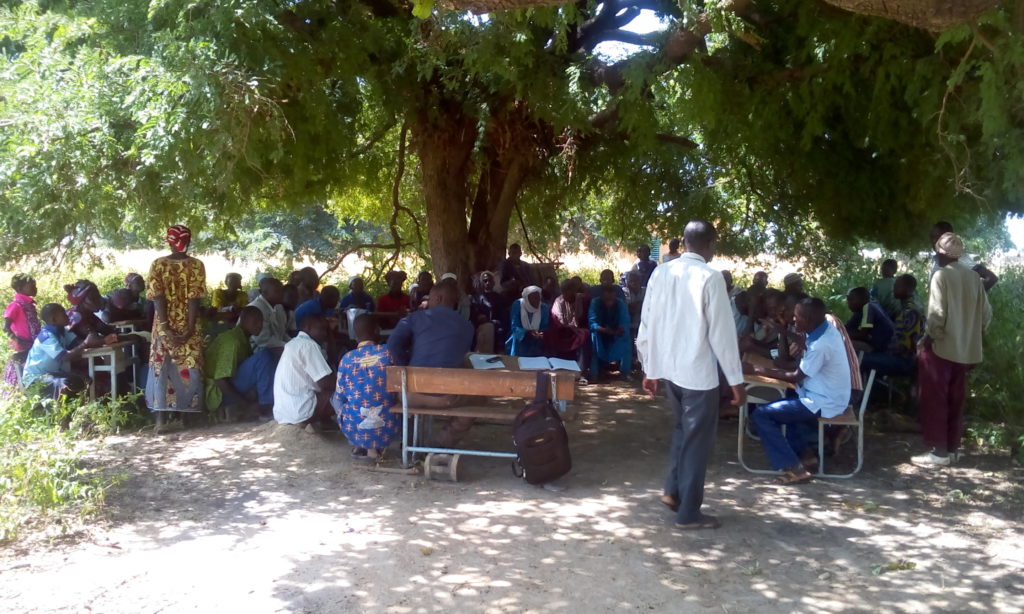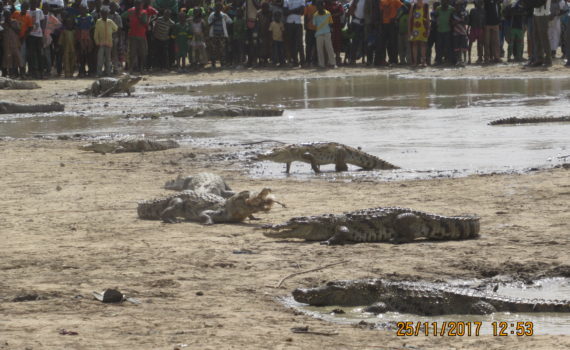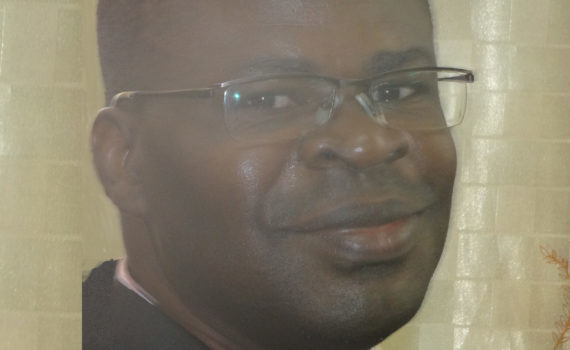
Category : NATUDEV
Dear all,
NATUDEV welcomes you to its website!
It is created to serve above all as a space of expression for NATUDEV and its partners, among these, the local populations in the first place.
It also aims to make its users and visitors more willing to take part in this work of very great importance, which is the conservation of nature.
As such, the site is for us a means of appealing to all, by recalling in an illustrated way the urgency to act in the face of the deterioration of biodiversity but above all by showing, through the concrete actions of populations with our modest support, that in the village even today, we can live on natural resources without destroying them irreversibly.
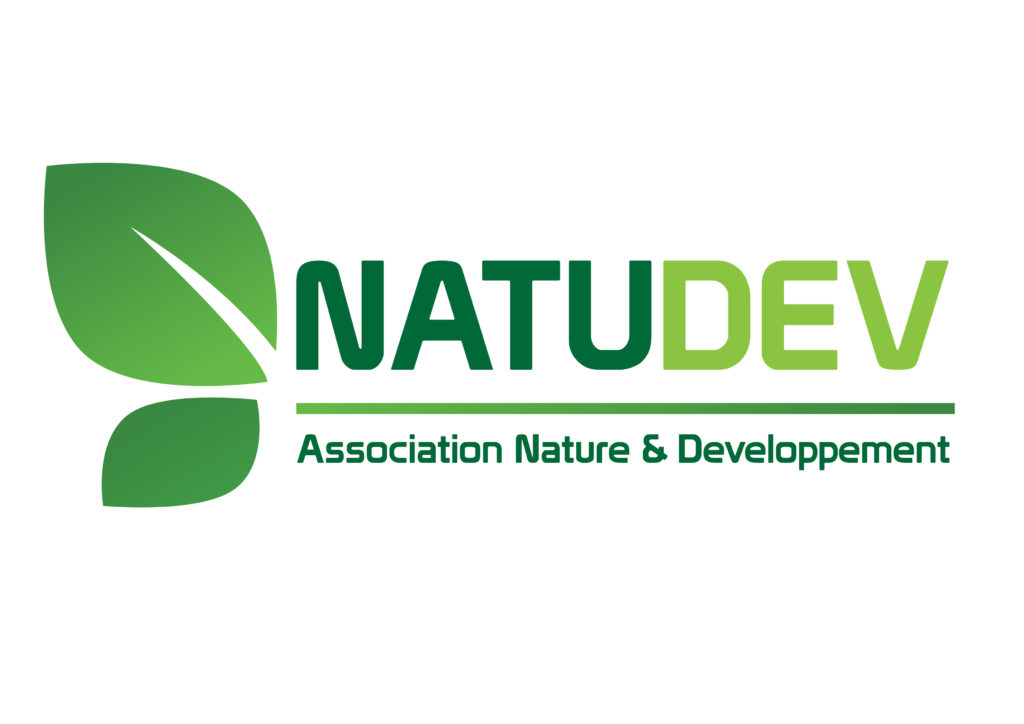
NATUDEV shares with rural Burkinabè communities the vision according to which to conserve is to protect and develop while using in a sustainable way without excluding local populations.
The problem of population growth and climate change should not obscure the fact that, in a context like that of Burkina Faso, it is the ways in which trees, land, straw, wildlife, water are used that make disappear our bushes, dry up the water points, make our pastures scarce.
The commitment of local actors to conserve also depends on the more or less strong place they hold in the sharing of rights of use of resources and the associated advantages.

The use of synthetic pesticides in agriculture has forms that erode the soil and force the use of expensive and unsuitable industrial fertilizers; these pollutions kill the fishes of the ponds and the bees of the fields and the hives, harm the health of the cattle, that of the man being hardly spared.
There is an obvious link between this very worrying degradation of village land and visible to the naked eye on one side and, on the other, the emigration of many young people, the vices and idleness of those who stay with their parents, the tensions within families, poverty, ignorance by not having access to schooling and training.
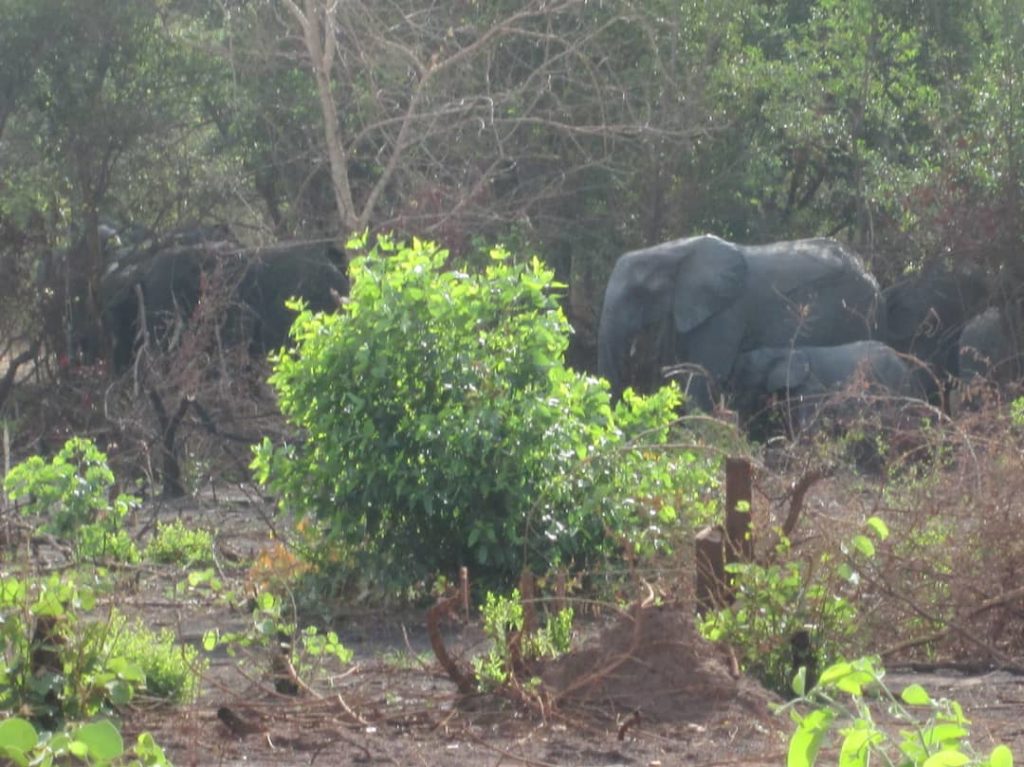
Unsustainable practices being man-made, their real abandonment requires the change of man himself, his way of seeing and thinking about his environment, his economy, his pride, his interest, in a word, his society today and tomorrow.
NATUDEV was born because a group of Burkinabè felt challenged as much by the possibilities offered by the riches of nature for a better life for rural populations than by the loss of these essential resources for food, health, crafts, housing, social cohesion, education and knowledge sharing, income, employment, etc.
We invite you to visit our site to find out how we work alongside village communities, decentralized communities, government and private organizations for the use of local natural potentials with a view to social and economic development concerned with long term.
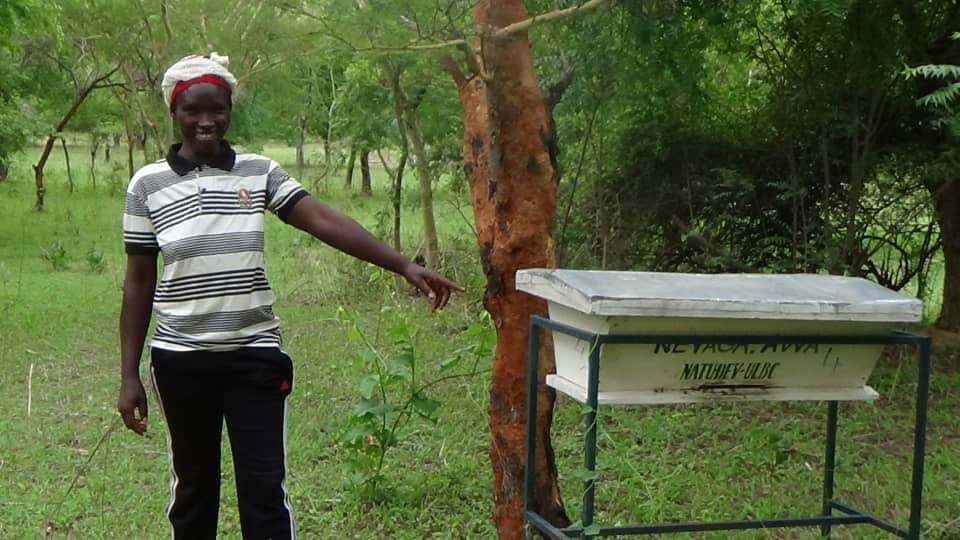
Partners have been kind enough to share this exhilarating and highly noble experience with us. This is how we owe our results to the invaluable contribution of the French NGO Man and Nature and Belgian NGO ULB-Cooperation, the global ICCA Consortium, the Small Grant Program of the Global Environment Facility (SGP / GEF), the International Union for Conservation of Nature (IUCN), from the IUCN-French Committee through its Small Initiatives Program (PPI). The Joseph KI-ZERBO University of Ouagadougou and the Free University of Brussels (ULB) are our first scientific partners.
You will find on the site a presentation of NATUDEV (members, technical team, operation, principles of action, areas and areas of intervention, main achievements), detailed content of each area of intervention and up-to-date information on related activities, a page dedicated to our partners with a link to their own website, our full address.
Our facebook page (NATUDEV) will alert you to news that you will find in detail on the site.
NATUDEV, For the good of man and the environment!
President
Dr Alexis KABORE

